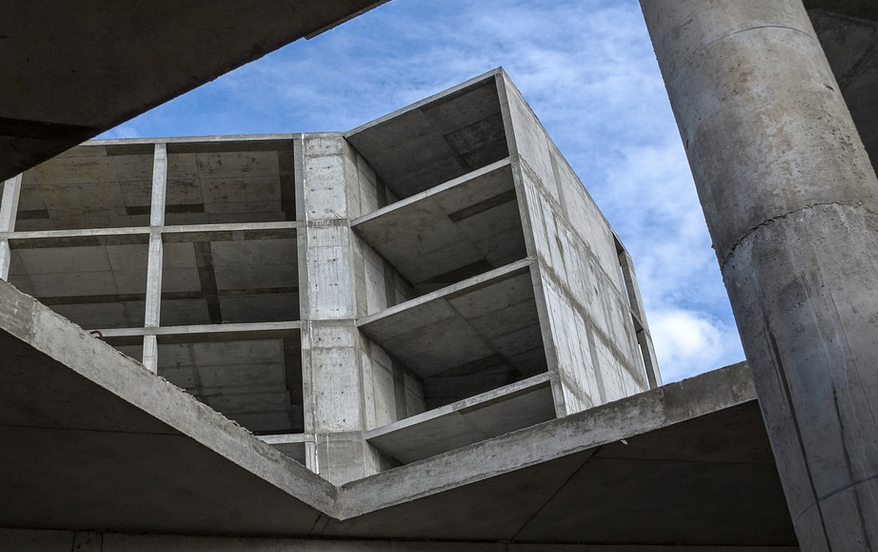What is Tar Paper?
Tar paper, also known as asphalt paper or roofing felt, is a common underlayment used to prepare floors and subfloors for installations like hardwood and tile. It’s essentially a thick sheet of material that’s coated with asphalt and other substances to create a water-resistant barrier. This makes it an invaluable tool in preventing moisture damage from penetrating the subfloor and potentially causing issues with your flooring.
Why Use Tar Paper for Floor Underlayment?
There are several reasons why tar paper is a preferred choice for underlaying floors. Firstly, its inherent water-resistant quality makes it an ideal barrier against moisture that can seep in from the ground below or through condensation. This prevents mold growth and dampness that could affect your flooring’s longevity, especially essential when dealing with porous materials like wood.
Additionally, tar paper offers excellent insulation qualities. It acts as a thermal insulator, helping to regulate the temperature of your subfloor and preventing drastic fluctuations in temperature from affecting your floor. This is especially beneficial if you live in an area prone to extreme temperatures or have a room that experiences frequent changes in climate.
Here are some other advantages to consider:
- **Durability:** Tar paper can withstand the weight and pressure of heavy objects, making it suitable for use under cabinets, furniture, and appliances without compromising its integrity.
- **Cost-effectiveness:** Compared to alternatives that may be pricier, tar paper provides excellent protection against moisture damage at a reasonable price point.
- **Ease of installation:** Tar paper’s straightforward application makes it simple for DIY enthusiasts or professional contractors alike, even in challenging spaces requiring minimal time and effort.
Types of Tar Paper
Various types of tar paper are available based on their thickness, composition, and purpose. It’s essential to choose the right type suitable for your specific needs:
- **Single-ply tar paper:** This is a basic option commonly used in residential settings, offering good moisture protection.
- **Double-ply tar paper:** Provides additional stability and durability, ideal for high-traffic areas.
Best Practices for Using Tar Paper
When installing tar paper underlayment, follow these key guidelines to ensure optimal results:
- **Preparation is Key:** Before laying down the tar paper, ensure the subfloor is clean and level. Any unevenness can lead to compromised flooring in the future.
- **Precise Measurement & Layering:** Carefully measure the area you’re covering and cut the tar paper accordingly to avoid gaps or overlaps. Apply multiple layers of overlapped tar paper for added protection.
- **Proper Bonding:** For a seamless bond, use suitable adhesive along the edges where the tar paper meets the subfloor. This strengthens the installation and prevents moisture from seeping into the flooring material.
- **Ventilation:** Incorporating vents or ventilation channels may be necessary to prevent excessive moisture buildup in areas like basements or crawlspaces, ensuring proper air circulation.
Choosing the Right Tar Paper
Selecting the appropriate tar paper is crucial for long-term flooring durability. To make the best choice, consider these factors:
- **Intended Flooring:** The type of floor you’re installing (e.g., hardwood, laminate, tile) will influence the amount of protection needed.
- **Climate & Location:** Depending on your location and climate, choose a tar paper with specific resistance to moisture and temperature fluctuations.
- **Budget:** Consider pricing options and prioritize durability over low-cost alternatives if it’s likely you may need to replace flooring often.
Installation Tips for Tar Paper
Installing tar paper efficiently requires a few key steps.
1. **Clean the Subfloor:** Ensure your subfloor is free from dirt, debris, or any loose materials that could interfere with proper adhesion and protect against moisture. 2. **Overlap Edges:** When installing multiple sheets of tar paper, overlap edges by at least three inches to prevent gaps and ensure consistent protection.
3. **Secure the Tar Paper:** Use construction adhesive along the edges where the tar paper meets the subfloor or use a staple gun for quicker application.
Maintenance & Longevity
Proper maintenance enhances your tar paper’s lifespan and ensures its longevity. This involves:
* **Regular Inspection:** Periodically check for any signs of wear, tear, or damage to the tar paper. * **Prompt Repairs:** Address any issues or punctures immediately to prevent water infiltration and potential structural problems. * **Moisture Management:** Maintain proper ventilation in your subfloor to deter moisture build-up that can negatively impact its performance over time.
By following these steps, your floor underlayment will remain pristine and protected for many years to come, ensuring lasting comfort and peace of mind for years to come.
